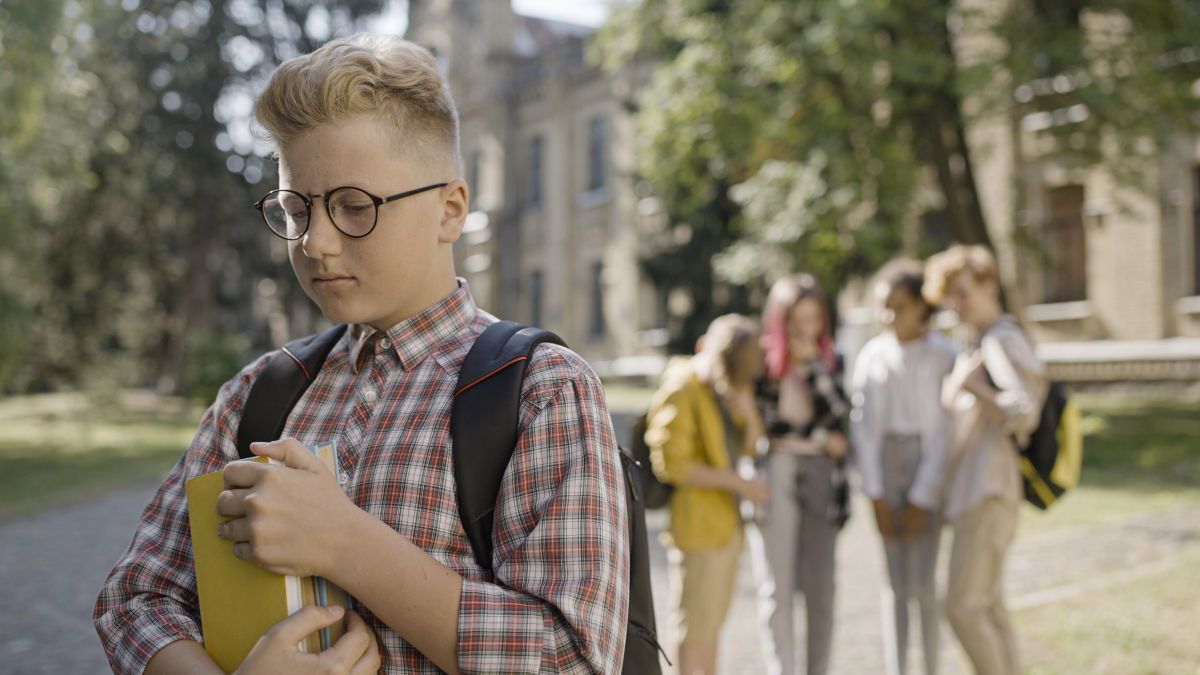Cyberbullying and AI: How Artificial Intelligence Enables Online Harassment

Artificial Intelligence is changing our world for the better as it’s now being used to advance transportation, assist researchers to develop cures for illnesses, and provide scientists with relevant data to make important discoveries. However, many consider AI to be a double-edged sword. Though it comes with multiple benefits, there’s also the fact that it has the potential to harm mankind. Most people fear that AI is not only causing a decline in human skill development, but it’s also being used to spread false or malicious information to tarnish a person’s reputation.
There has been much concern about deepfakes, which are images, videos, or audios that have been edited or generated with AI. According to a recent study, one in 10 teenagers aged 13 to 17 said that they personally know someone who has been a target of deepfake imagery, while one in 17 have been targets themselves. AI has made deepfake creation so easy and accessible, and it’s why it’s now being widely used to shame or harass people, especially teenagers. Being a deepfake target can be traumatizing, but there are things that you can do to reduce the risks of becoming a victim. Here’s how artificial intelligence enables online harassment, and what you can do to protect yourself and your loved ones from becoming a target.
AI to Generate Explicit Photos and Videos
Some AI-generated content can be highly deceiving since they look very real, to the point that it has become nearly impossible to distinguish between what’s real and what’s fake. Apart from an increase in fake content, there has also been a rise in the number of fake, AI-generated startups circulating online. Since cybercriminals are using AI to make a quick buck, some entrepreneurs have learned to use better RFP processes to reduce the risks presented by fake startups. But aside from the business sector, schools are also being targeted by people making false content, and it’s become highly prevalent in various parts of the world.
A disturbing trend is taking over schools as teenagers are using AI technology to create fake nude images and videos of female students. In South Korea, there have been reports of students using deepfake technology to combine a real person’s face with a fake body engaged in a sex act. These videos have been making the rounds in dozens of chat groups on the Telegram app. In an interview with BBC, South Korean journalist Ko Narin said that some of these chat groups had more than 2,000 members. “Every minute people were uploading photos of girls they knew and asking them to be turned into deepfakes,” Ko added.
Being part of a nude or porn scandal brought about by deepfaking can be devastating. Too often, the victim is targeted by bullies or people who want to extort money in exchange for not spreading the videos or content. Sadly, most victims choose to stay silent, even if they’re living one of their worst nightmares.
AI to Create Audio and ‘Lip Syncing’ Deepfakes
It has become the norm to cite videos as proof that someone has done or said something. But what if a cyberbully manipulated the video in such a way to make it seem like a person is saying hurtful, hateful, or malicious things? This is now possible due to audio deepfake and lip synching technology wherein generative AI is used to clone someone’s voice.
Once that’s done, the voice can be made to say anything that the cyberbully wants. The vocal recording is then incorporated into a video, making it seem like the person is speaking the recorded words. The final step involves uploading the video to social media, school or office messaging apps, and other websites to create a hate train against the person in the video and incite online and offline bullying.
How to Avoid Becoming a Deepfake Target
The way AI is being used to create explicit or malicious content is a cause for concern. Although victims can say that the images or videos are fake, it can’t undo the damage that deepfakes can cause. Apart from emotional and psychological distress, deepfakes can tear families apart, and they can ruin personal relationships and trust. So what should you do to avoid becoming a deepfake target?
Being careful with what you share online is the first step to protect yourself and your loved ones from deepfaking. Adjust the settings of your social media profiles to control who sees your content, and as much as possible, avoid uploading high resolution photos and videos to prevent cyberbullies from grabbing them. You may also want to put a digital watermark on all your media content before uploading them to prevent deepfake creators from using them.
Be extremely cautious when using your devices. If you receive a phone call from an unknown number and you’re being forced to stay on the line, hang up immediately. That person could be recording your voice to create an audio deepfake. Never click on suspicious links from unfamiliar text messages or email addresses, and keep your software up to date. It’s also a good idea to choose strong and unique passwords for all your accounts as an added layer of protection.
Deepfakes present new challenges in the fight against disinformation and cyberbullying. If you or a loved one is a victim of deepfake content, consult legal and cyber experts to know your rights and find the perpetrator. Don’t hesitate to take action as soon as possible to prevent AI-generated content and cyberbullies from hurting people and destroying lives.





